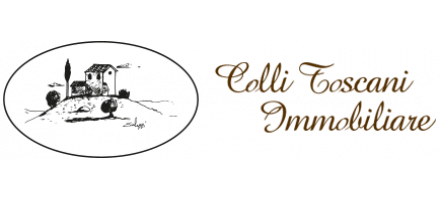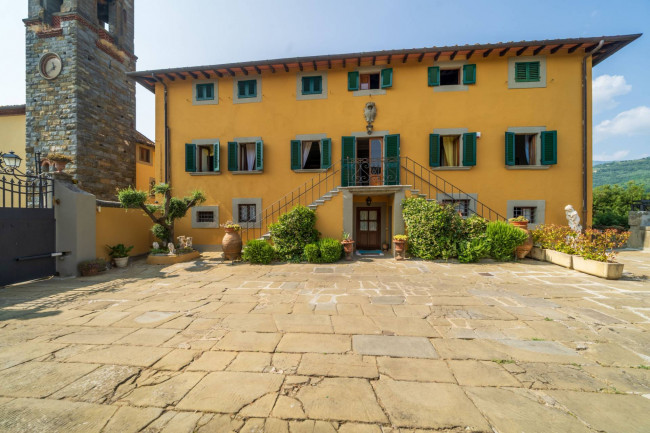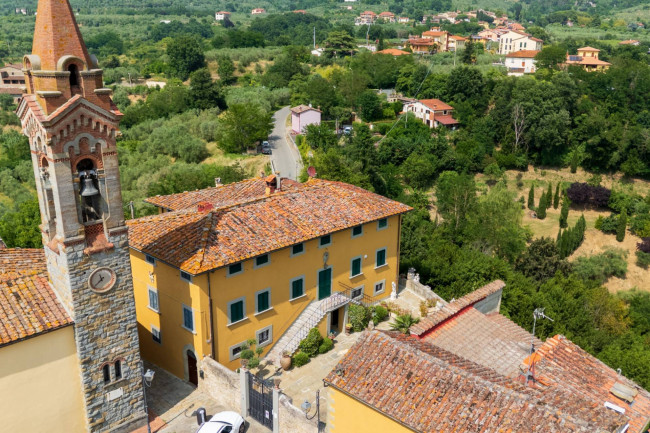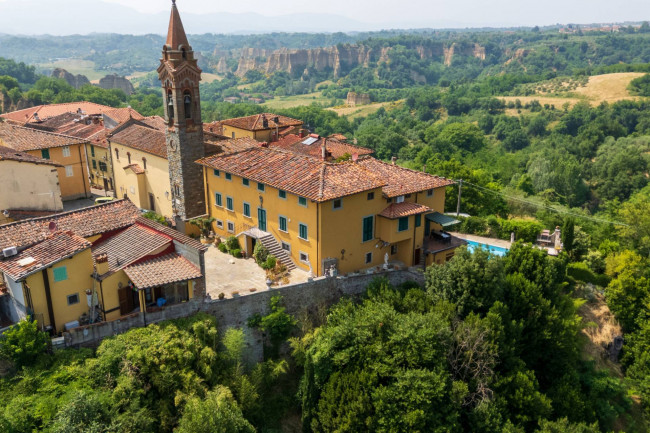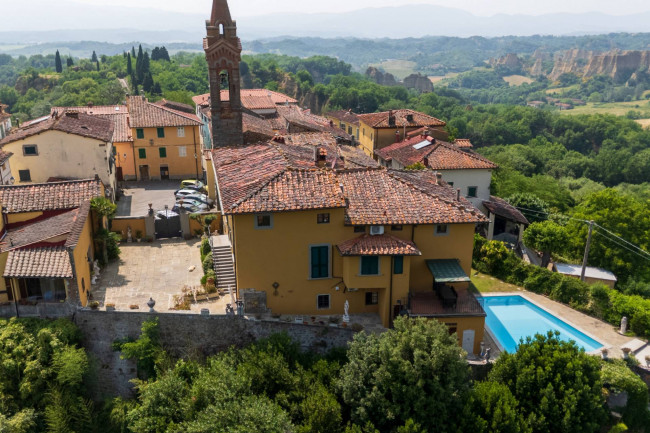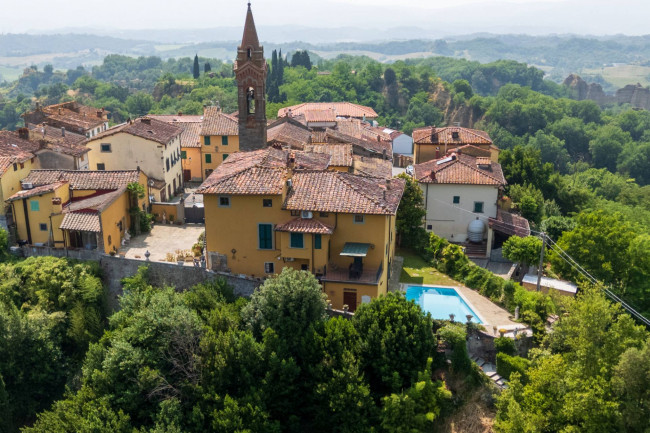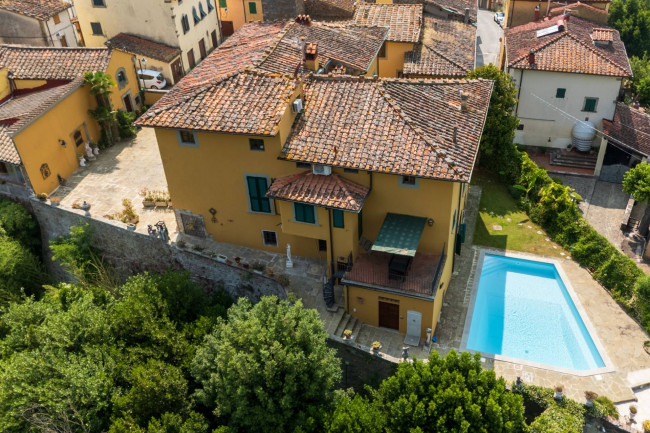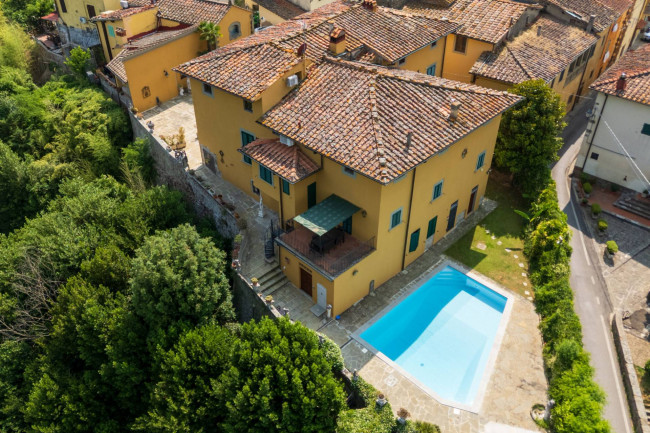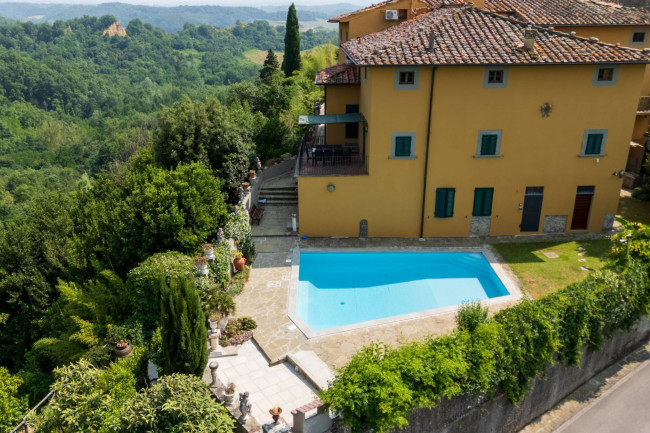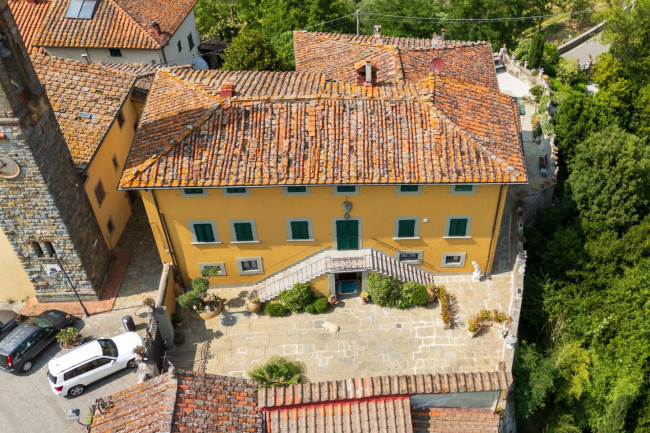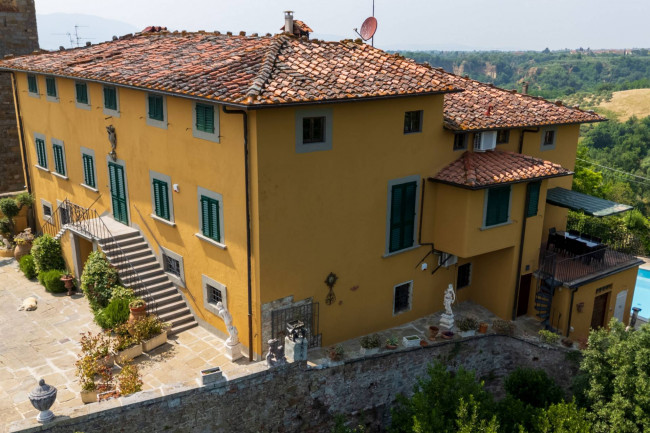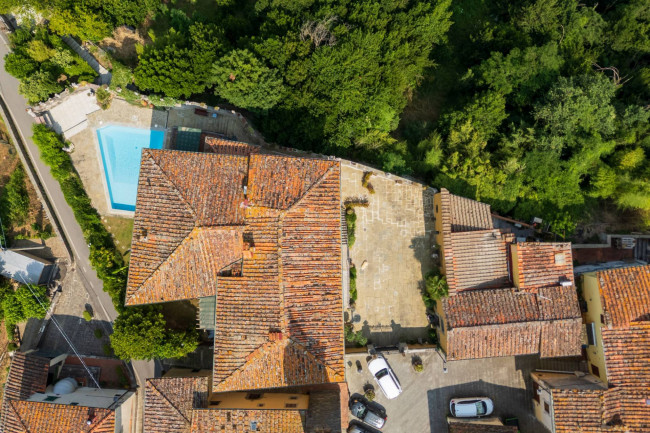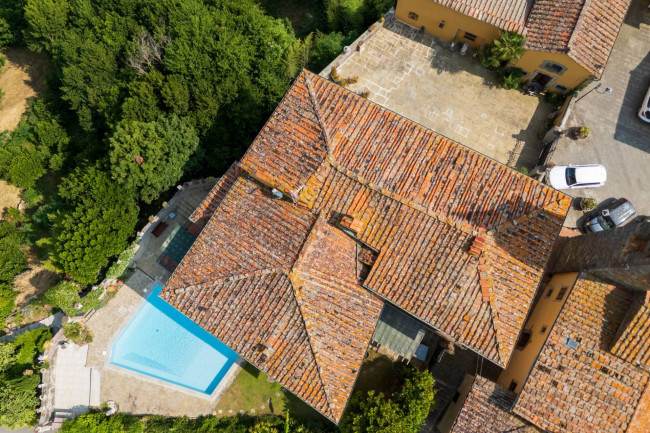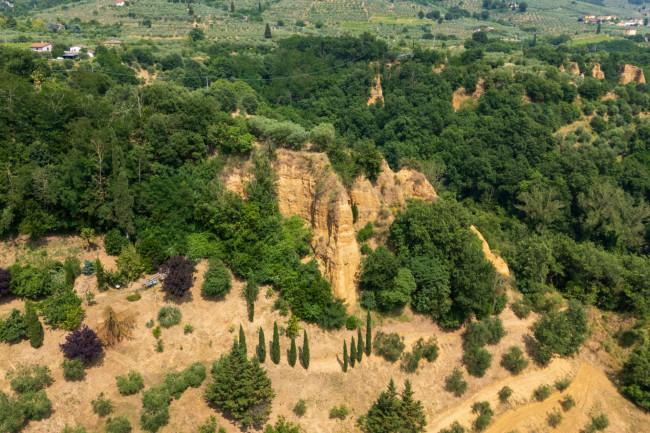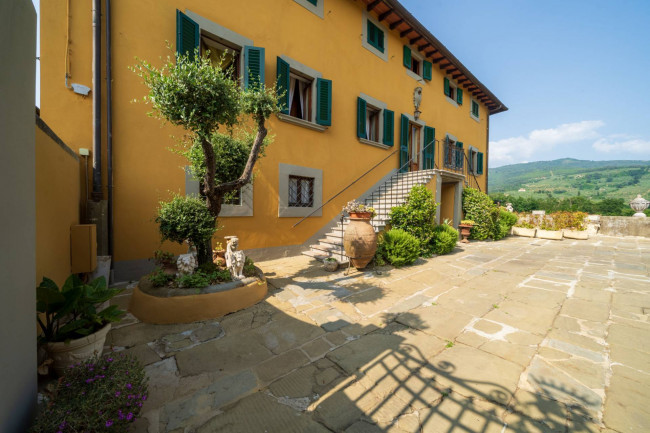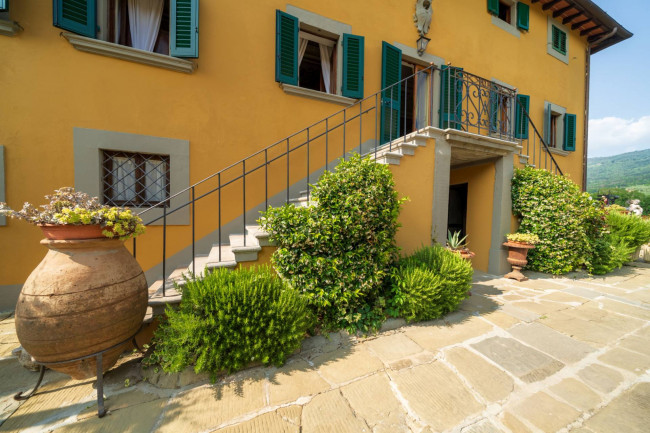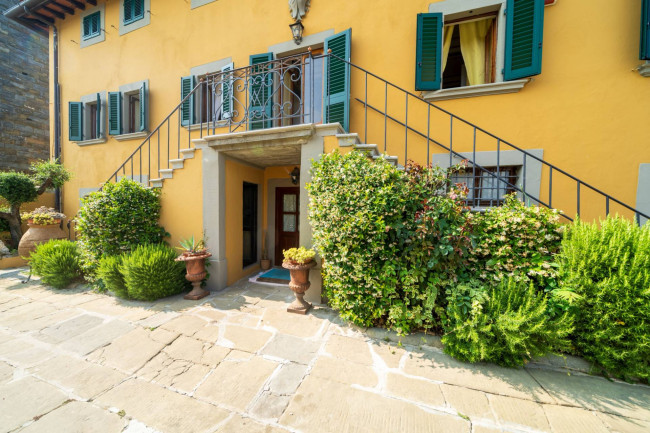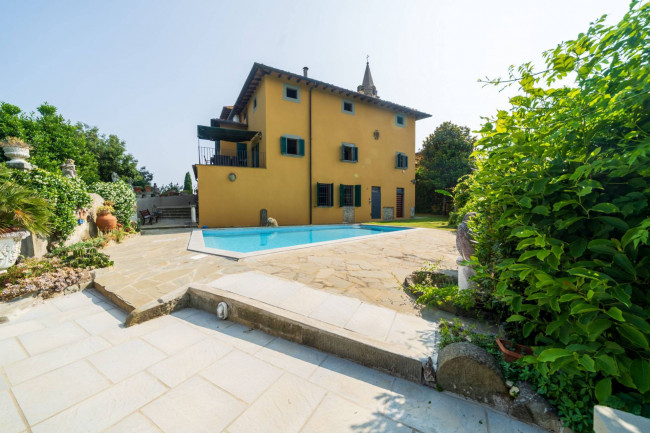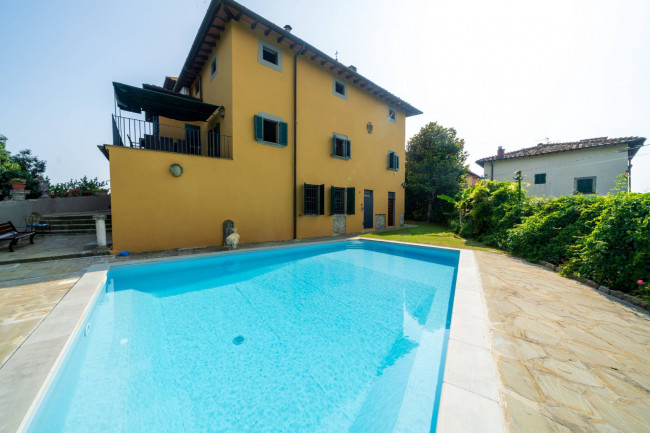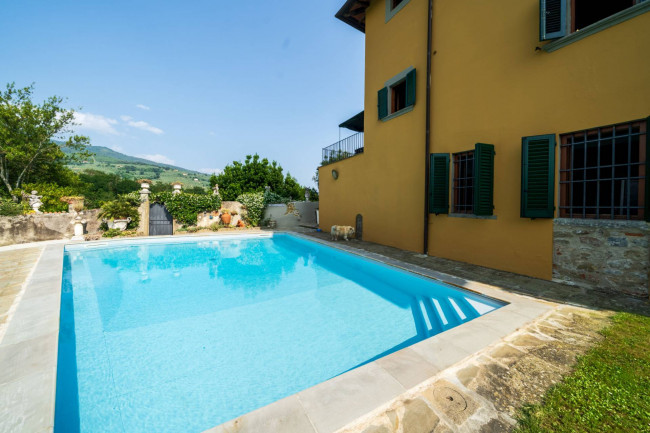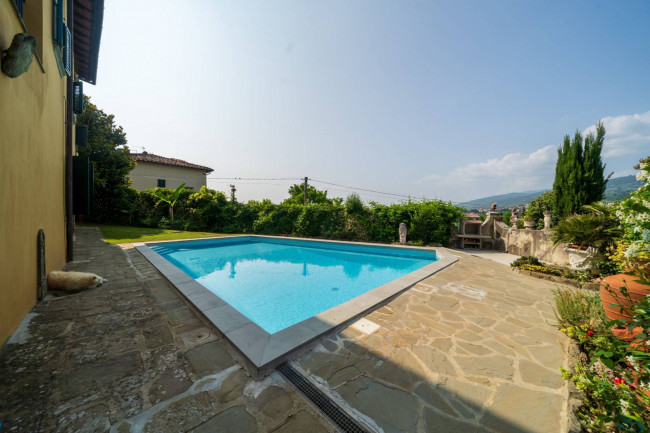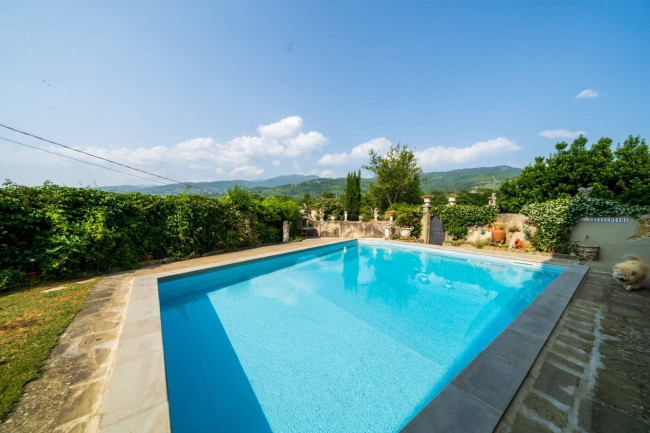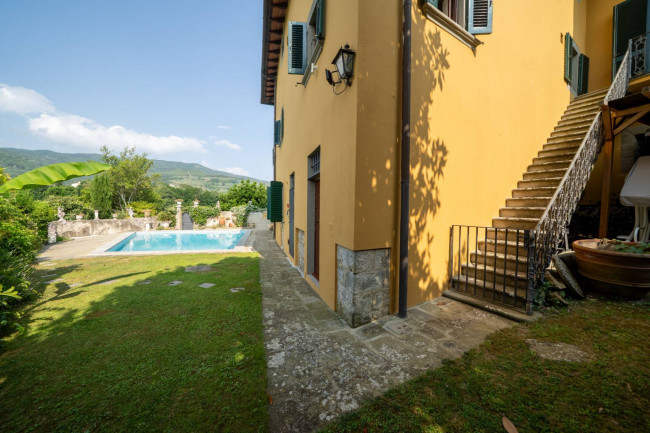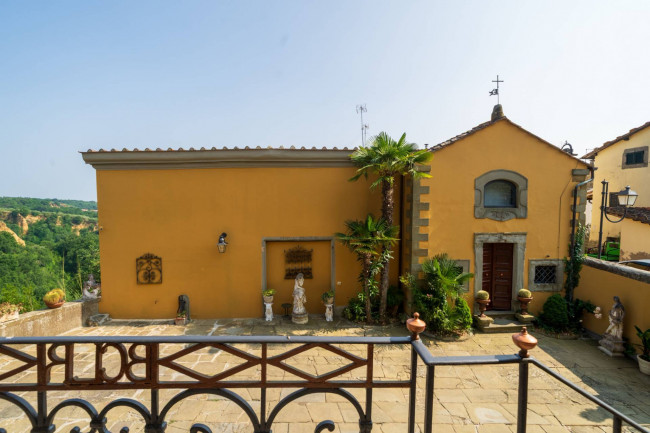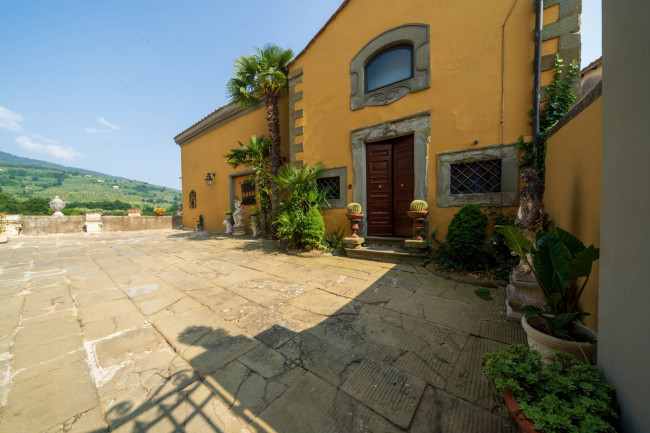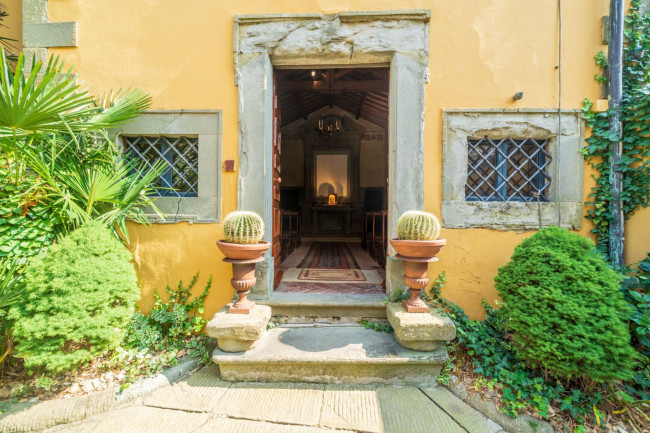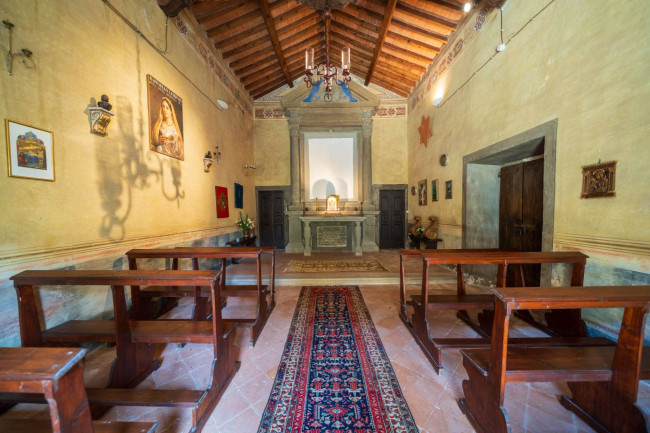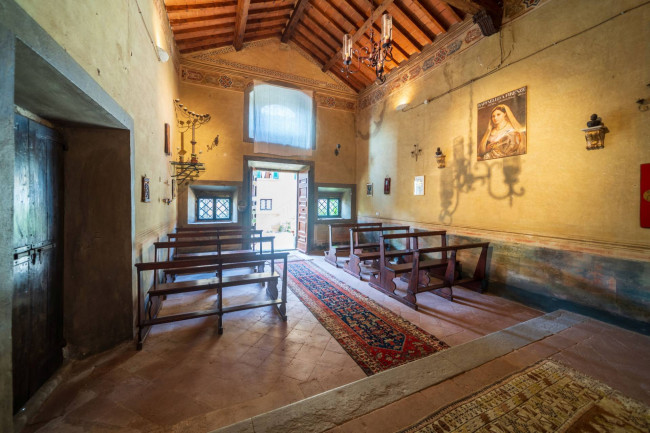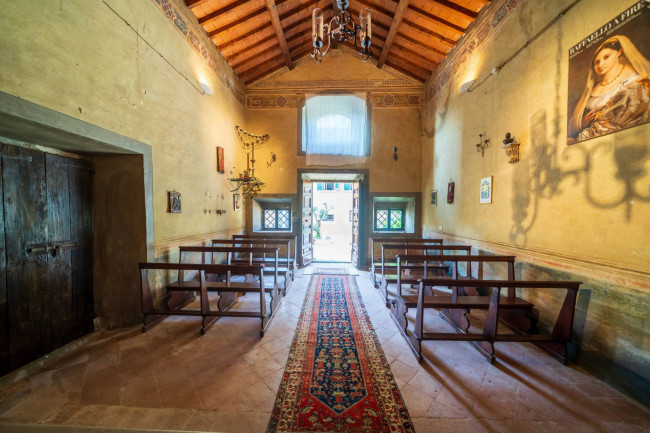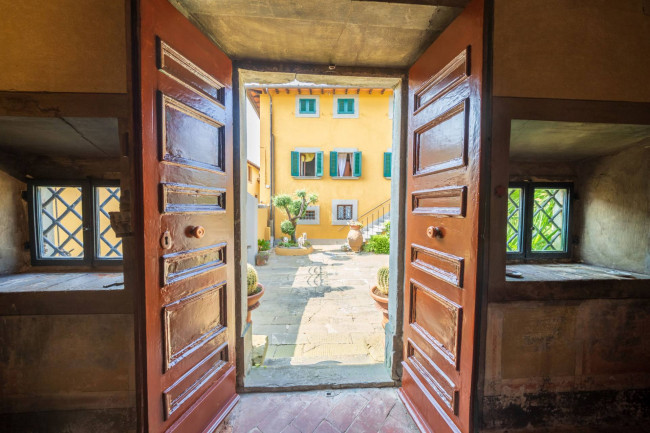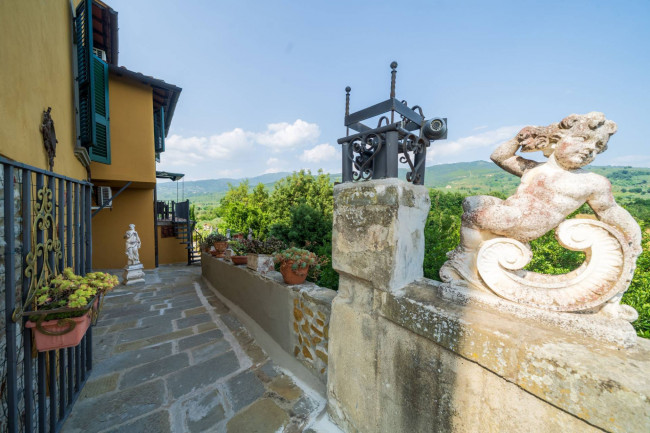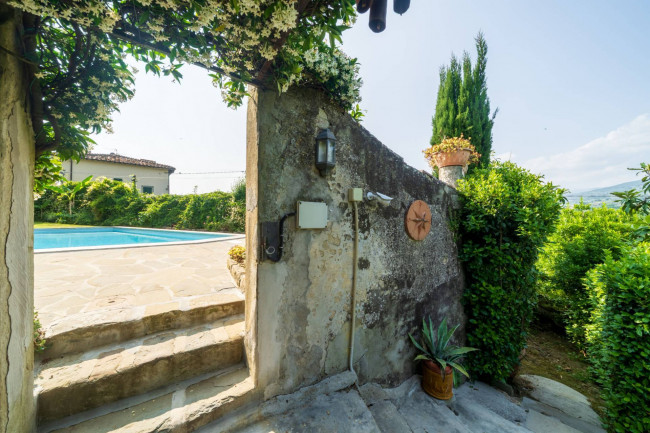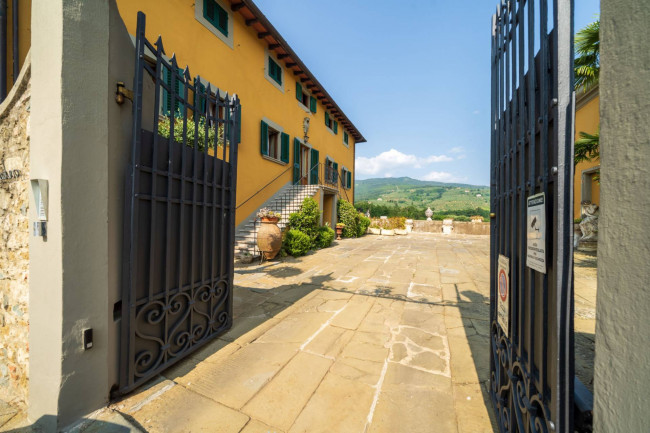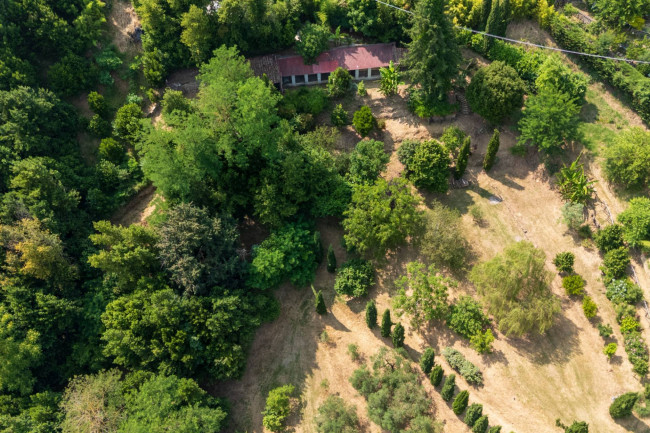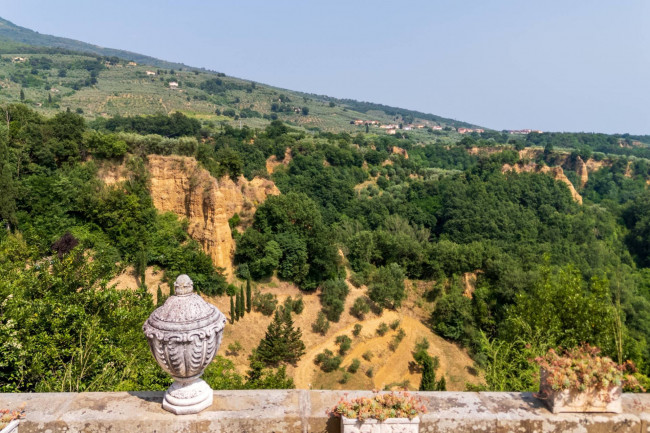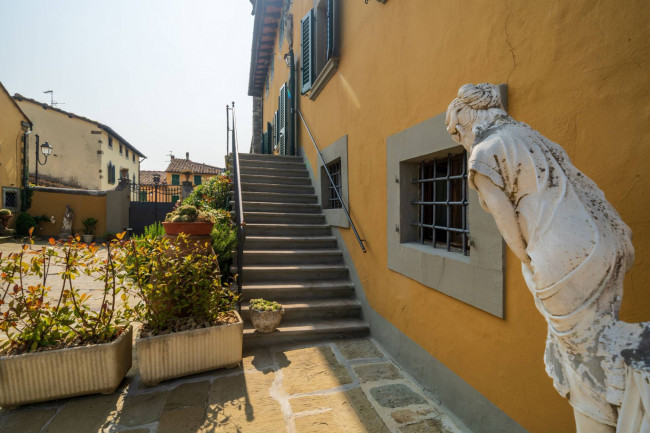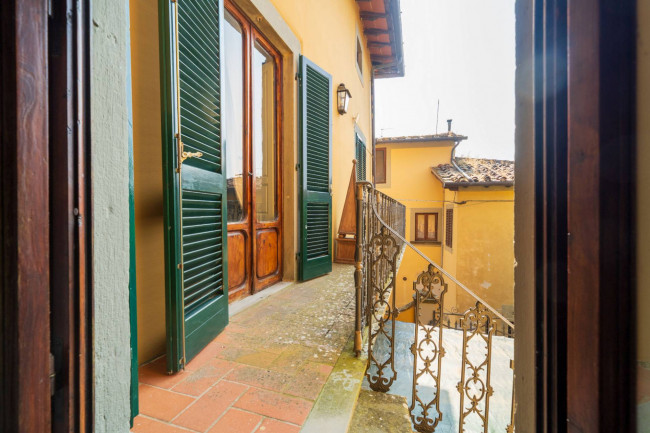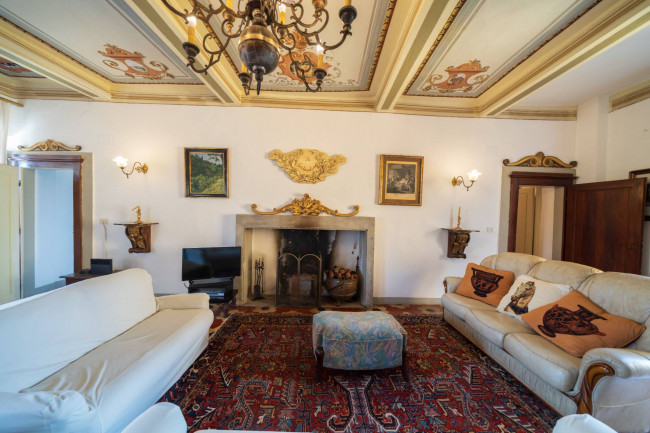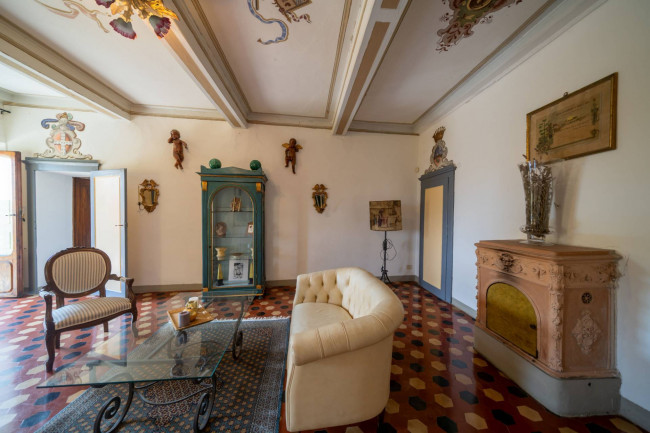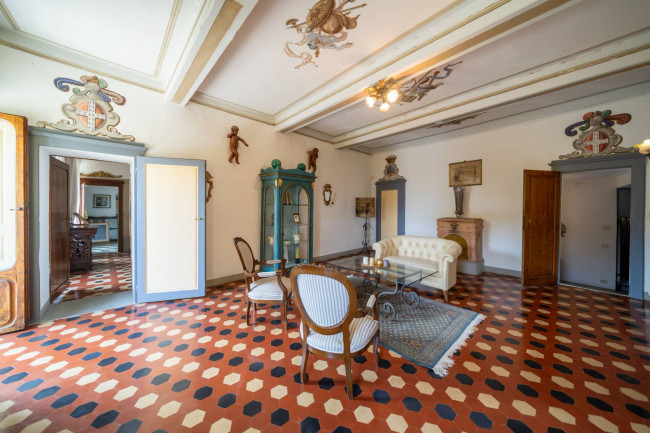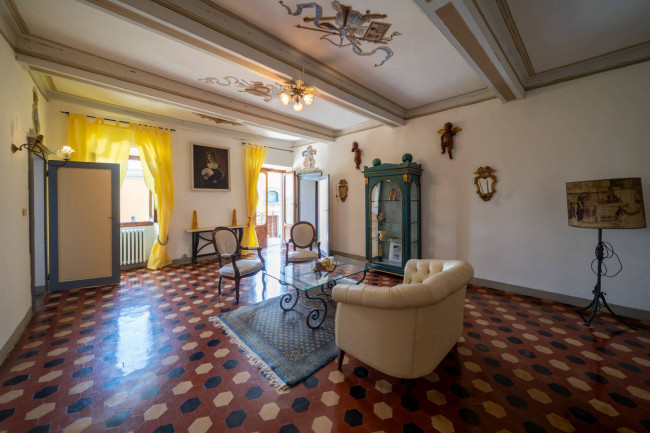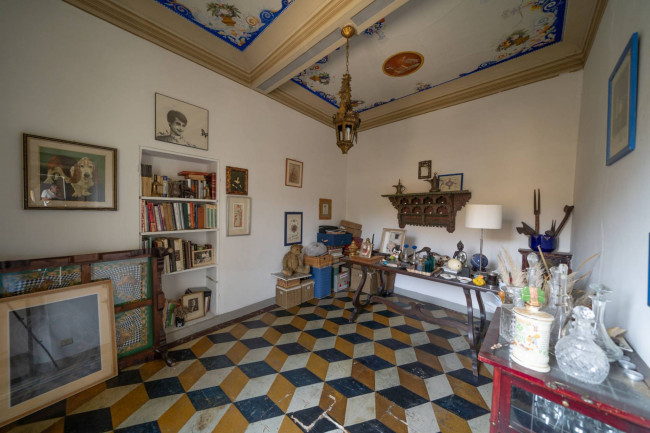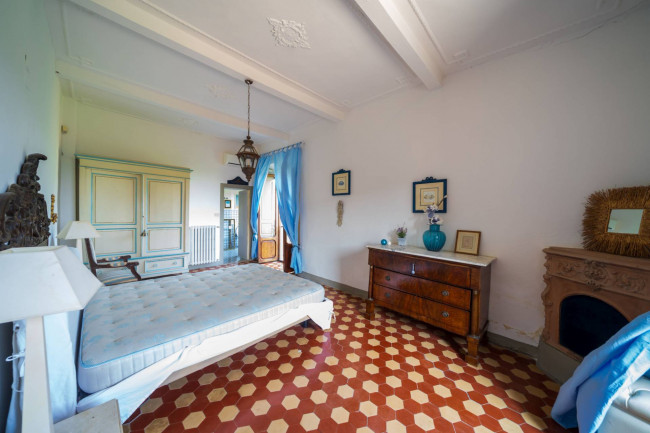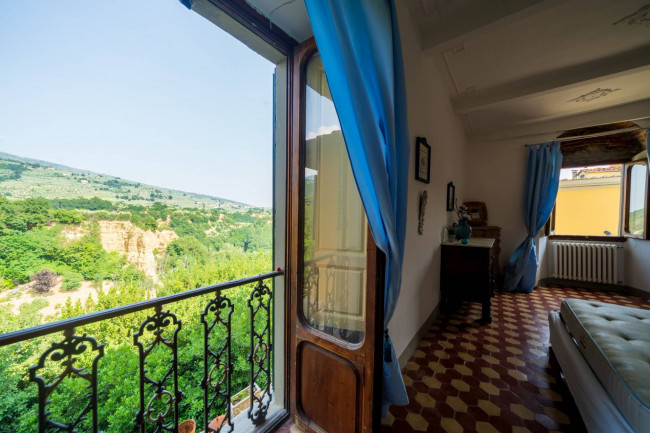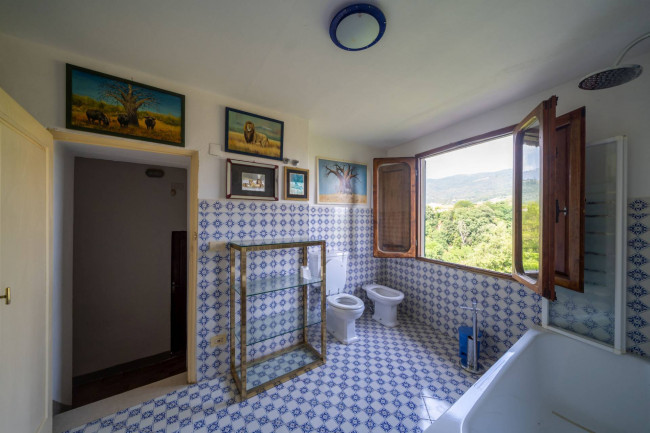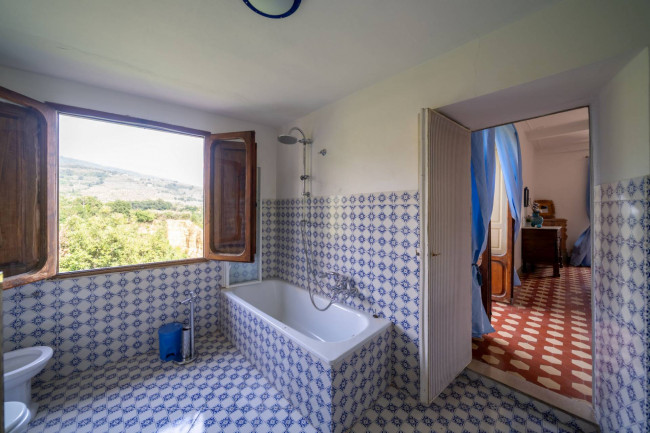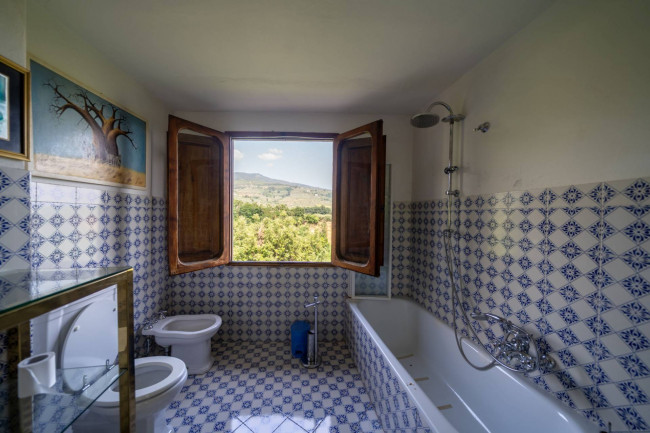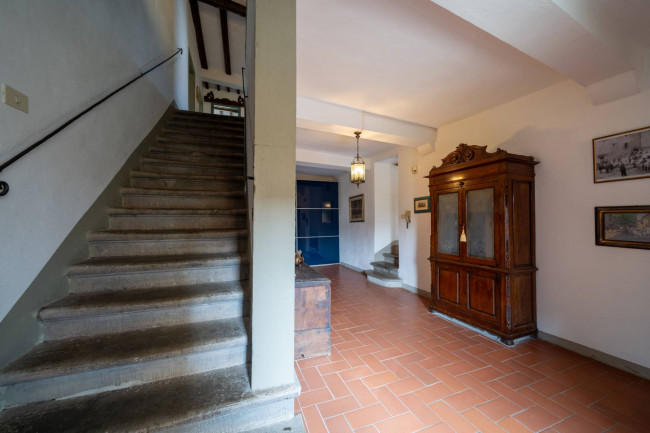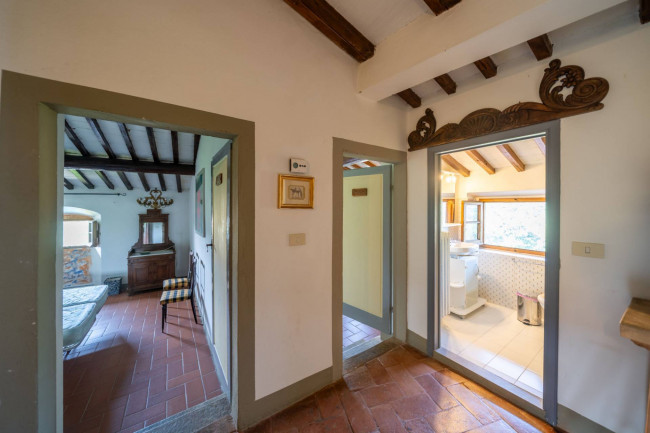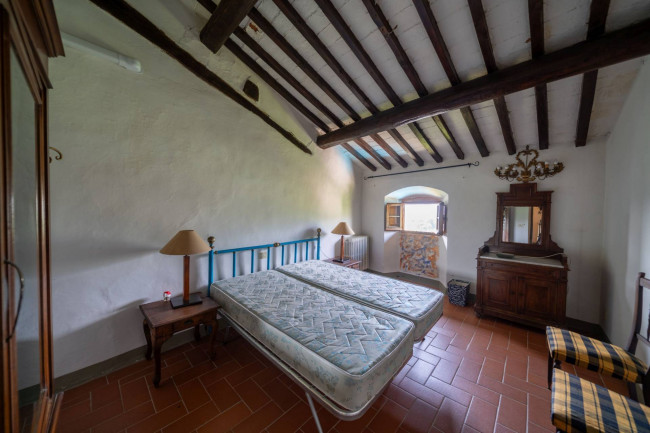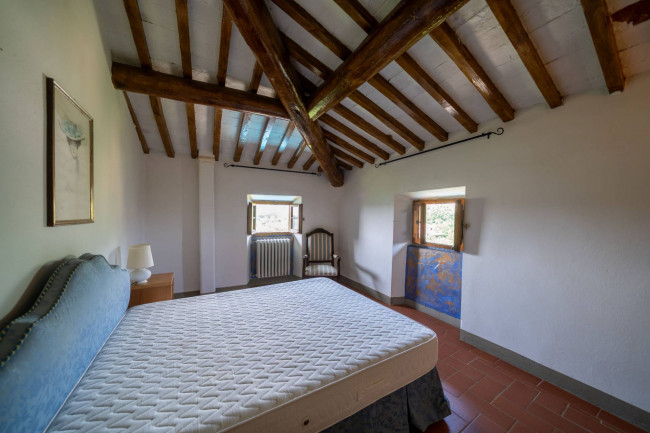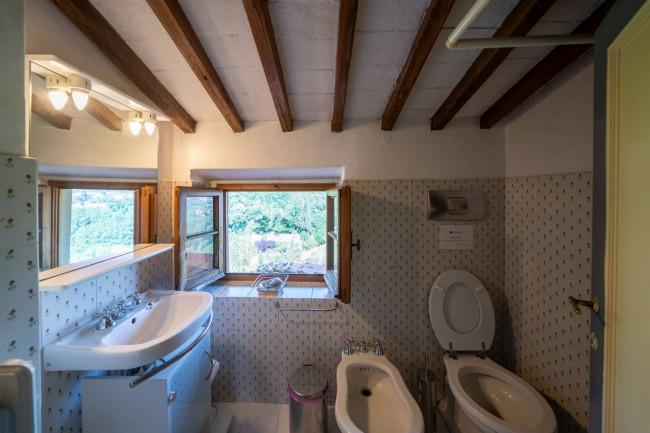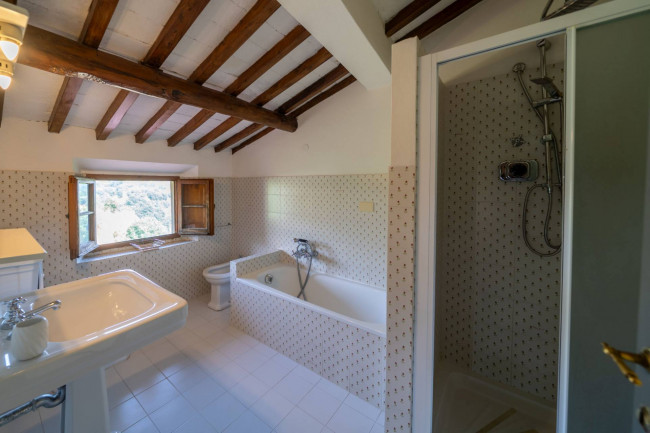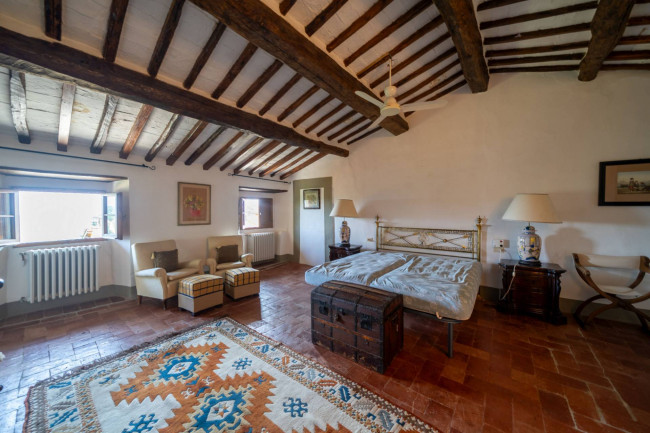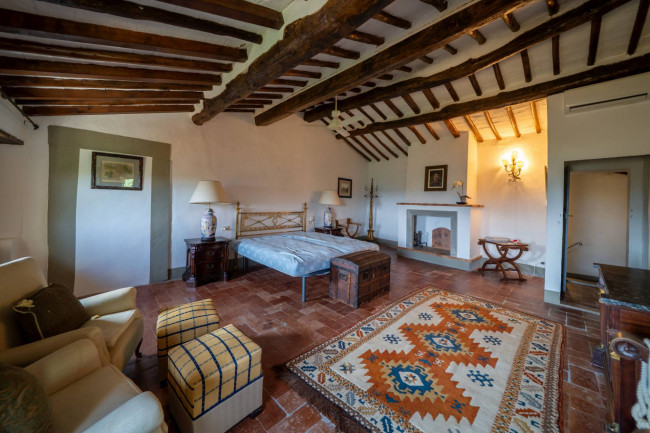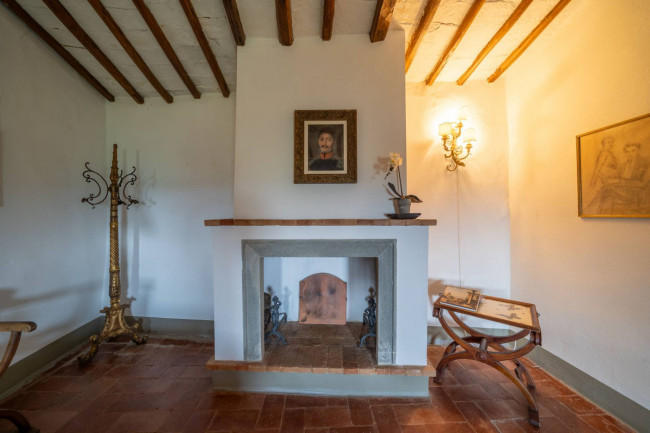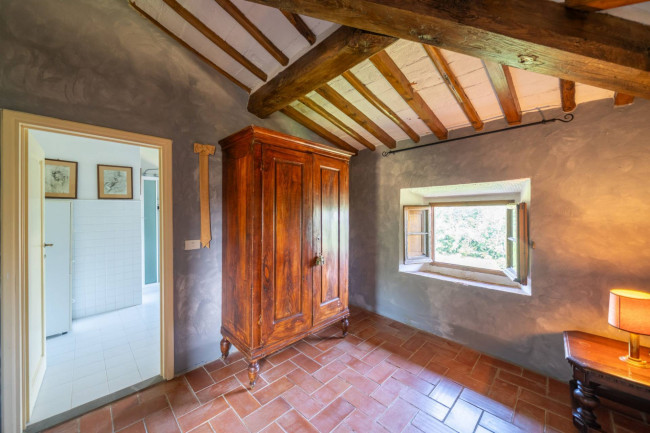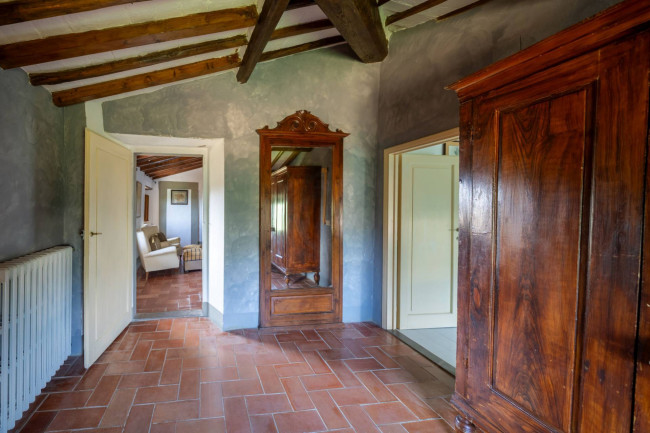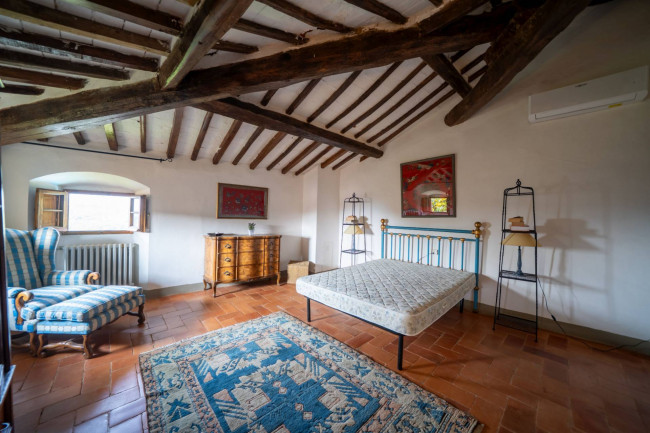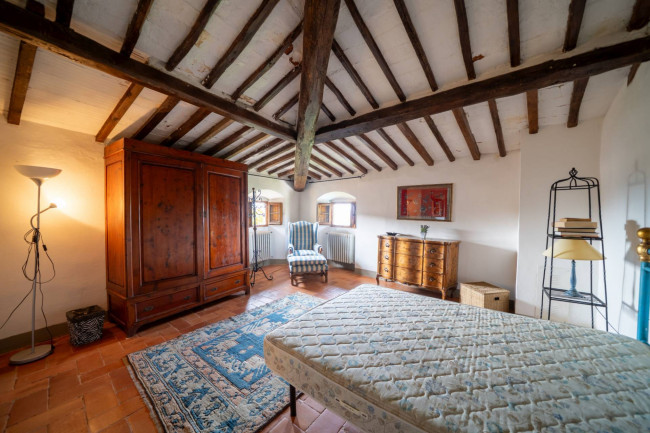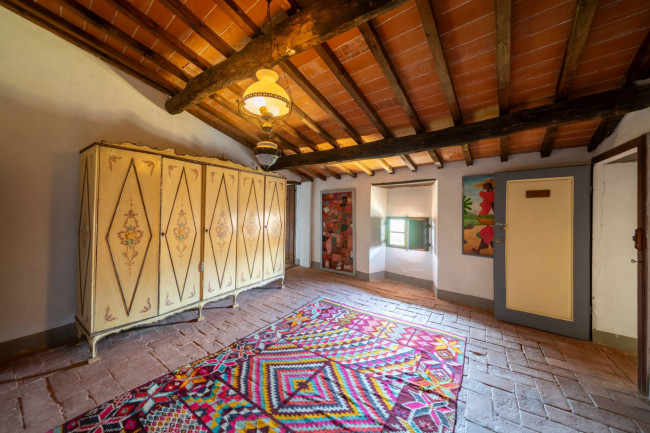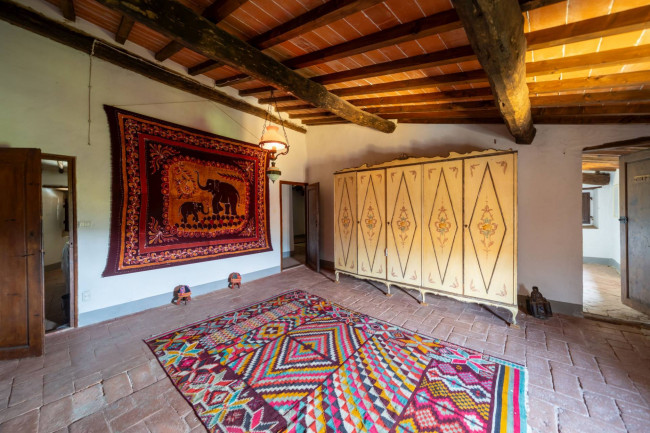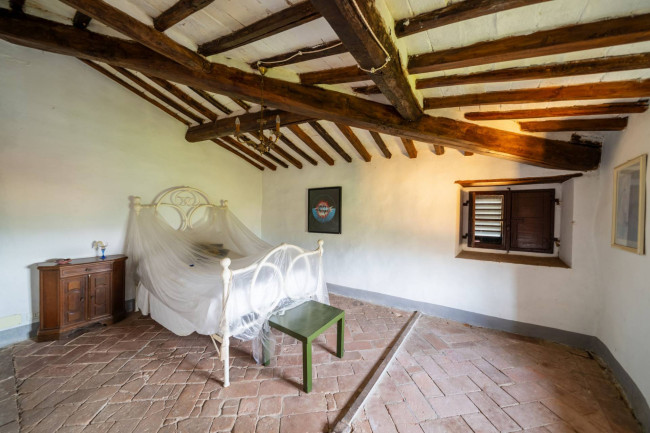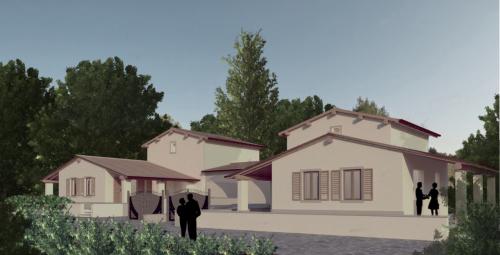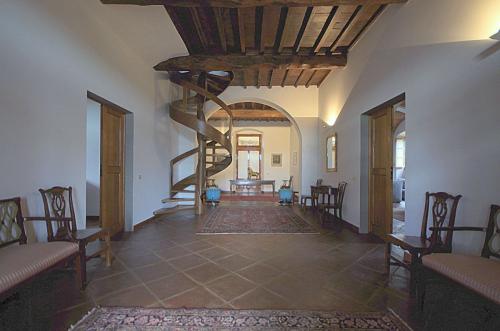- You are in
- Home ›
- Properties ›
- Castelfranco Piandiscò ›
- Sale ›
- ›
- for sale in Castelfranco Piandiscò
for sale in Castelfranco Piandiscò
pientravigne
Historical note <br> HISTORIC RESIDENCE from 1600<br> History <br> The villa, a historic residence from the 1600s, retains its charm intact thanks to a conservative restoration that has maintained most of the original materials such as the handmade terracotta floors, fireplaces, frescoed ceilings and wooden beams.<br> Whoever arrives at the village cannot help but notice that the town is as if suspended high up, surrounded by deep cliffs on the sides. On both sides to the south and north it is connected by two bridges, this can confirm the importance that place had at the time when the whole territory was being armed, very suitable for the construction of a castle. In fact, there are references to the village and its castle.<br> The Piantravigne castle of the Ghibelline family of Pazzi del Valdarno, companions of the Count of Guidi family, was part of the system of castles dedicated to the control of the Setteponti. Entered into a struggle that saw this territory disputed by Florence and the Ghibelline families, it was conquered and lost several times by the two sides.<br> It was occupied by the Florentines in 1288, a few years later in 1302 the population of the castle was provoked to rebel against Florence by Carlino dé Pazzi, who however then betrayed the people in exchange for the withdrawal of the banishment, of all the death sentences hanging over him and the formal promise of a reward of 4000 gold florins. <br> Once the betrayal had taken place, the gates of Piantravigne were opened, the blacks flooded in, and of those who fell into their hands, many were killed immediately, seven ended up on the gallows, one was buried alive, others ransomed themselves by paying large sums; but the majority of those who had been captured were condemned to languish and die of hardship in the Florentine prisons. <br> Florence regained possession of the castle.<br> The episode, in which Dante Alighieri speaks of Carlino dé Pazzi, of the branch of the ancient Tuscan house of the White Guelph party, who governed the castle of Piantravigne on behalf of the Florentine exiles, which the blacks were besieging, finds a reference in canto XXXII,69 of the Inferno.<br> Today there is no trace of the castle… however the quadrangular plan and the conformation of the streets, with the central square and the evident openings that indicate the position of the ancient gates are a confirmation of the past use of the fortified village.<br> The cellar of the villa…. he says…. is what remains of the castle's prisons.<br> THE VILLA. The property is on three levels for a total of approximately 700 square meters and is accessed via a private gate. We find a double staircase typical of seventeenth-century villas located on the front of the villa, which leads to the main floor arranged on 6 large rooms consisting of a lounge with frescoed walls, and a beautiful living room with an intact original fireplace, and frescoed ceilings, a study, a small bedroom, a large master bedroom with a period stove and a large elegant bathroom, the dining room and the kitchen with access to the panoramic terrace where on summer evenings it is possible to admire a unique panorama. The second floor is intended for the sleeping area and consists of a hallway, 4 large bedrooms, three bathrooms and three other rooms currently used as bedrooms. On the ground floor, there is the apartment once intended for the servants where we find the master kitchen still intact the pantry a large living room with fireplace two bedrooms two bathrooms, it is connected through the internal staircase to the noble area, or disengageable with side entrance primate with independent access from the courtyard. particularly suggestive the nineteenth-century food holder still in electrical function. Part of the property is the private chapel characterizing the ancient noble properties, located in front of the villa. It has been finely restored and still preserves intact today the flavor of the era this is due to the expertise and good taste of the owner. .completes the property the well-kept land for about 1.5 hectares with garden, private swimming pool, large tool shed and lemon house which has recently been rearranged. .<br> Distance from art cities: Florence 40km Arezzo 25km Siena 60km Chianti 25km
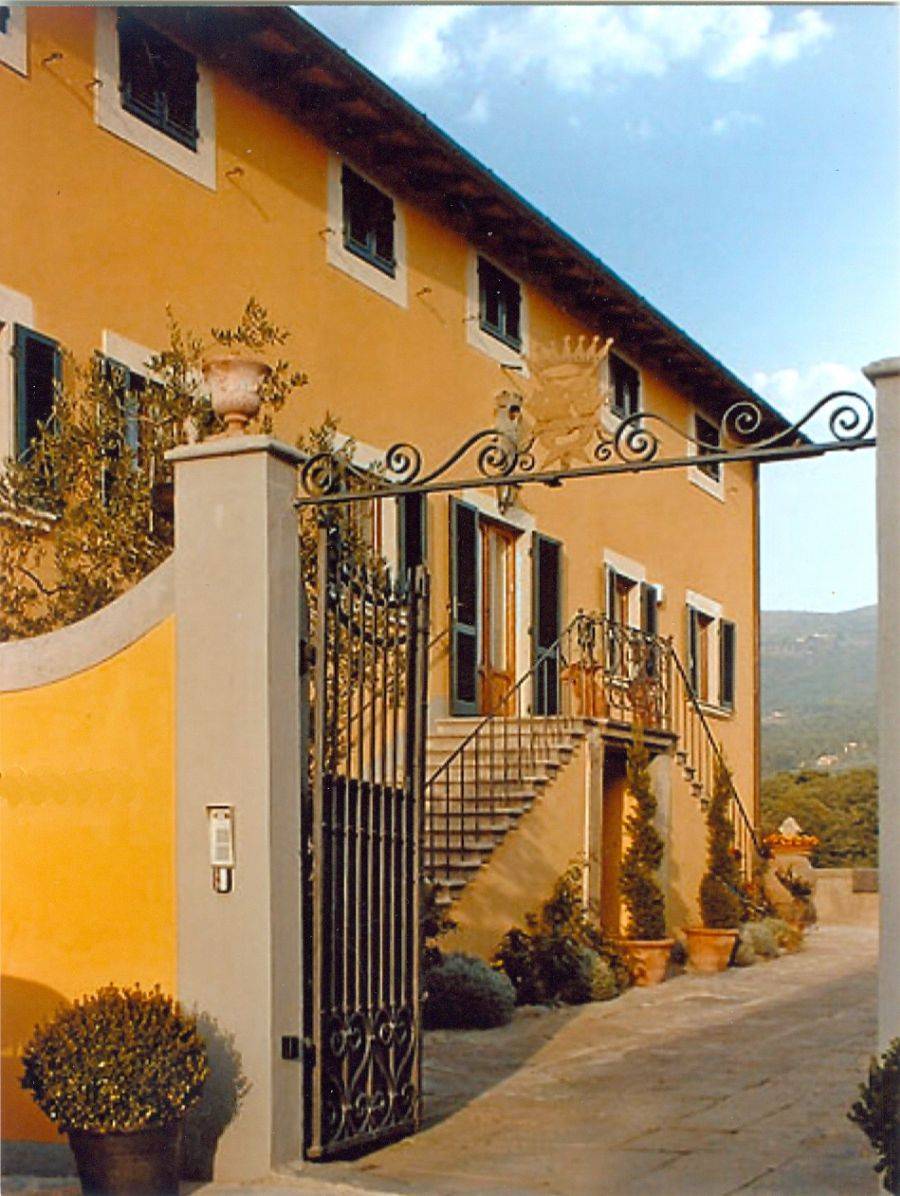
VAT: 02301980484
